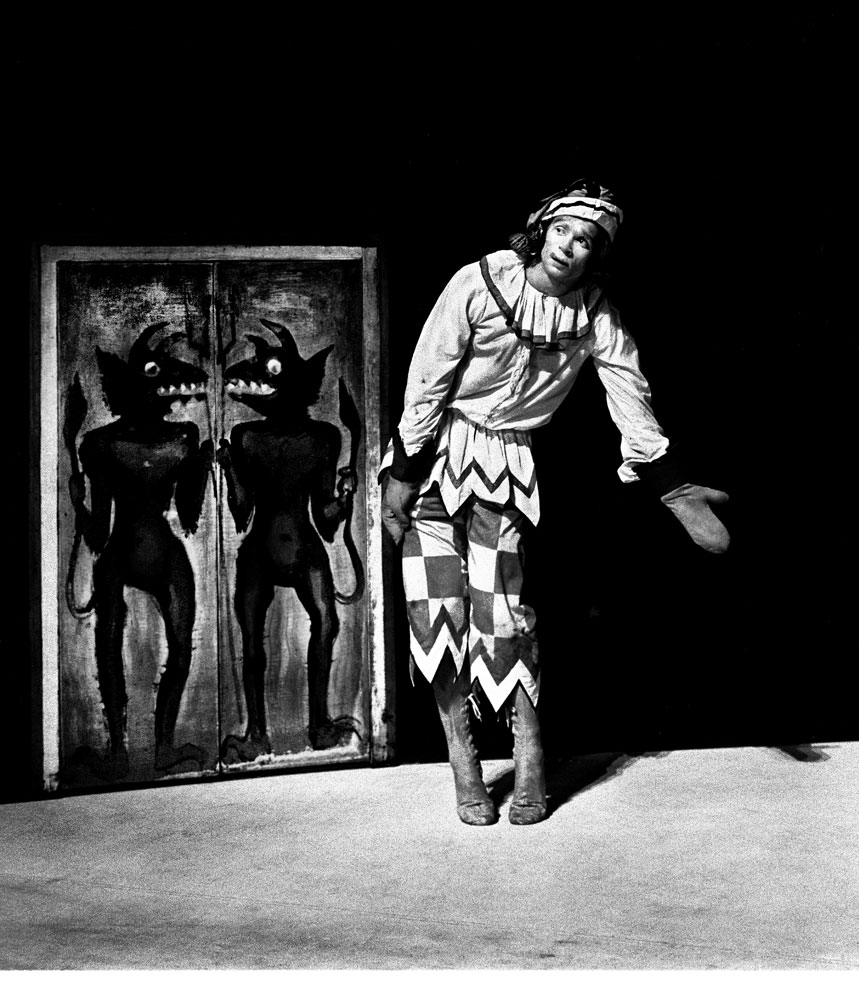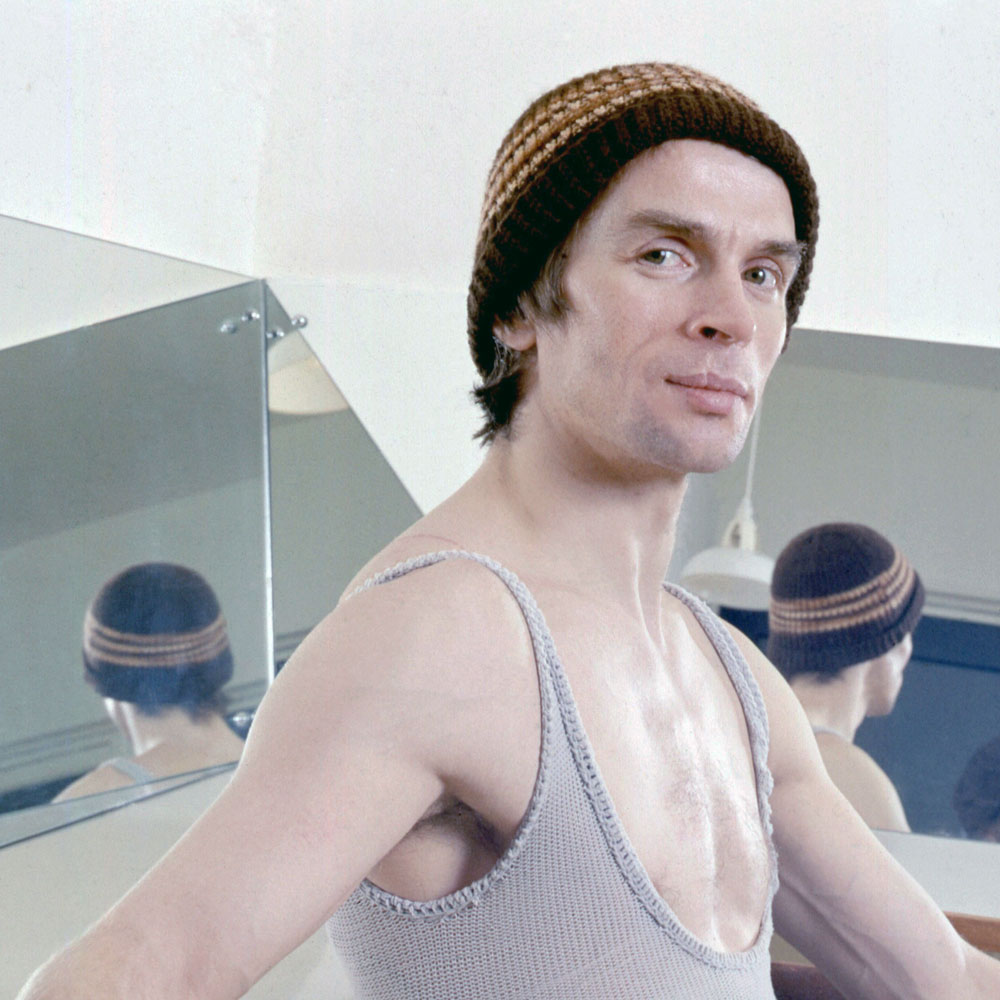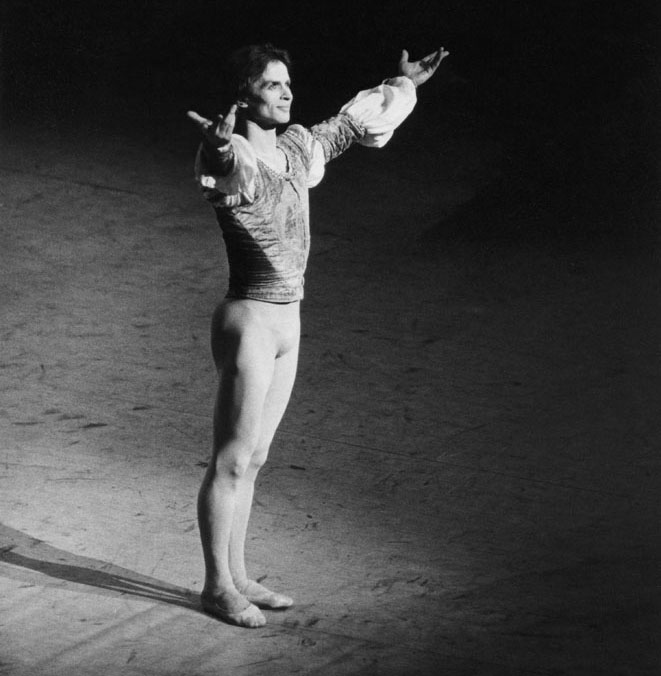
© Victoria and Albert Museum, London
To mark the 75th anniversary of the birth of Rudolf Nureyev, English National Ballet celebrates his legacy with a programme of works which demonstrate the versatility of this remarkably gifted dancer, and with which he was closely associated – Fokine’s Petrushka, Béjart’s Song of a Wayfarer and Nureyev’s own version of Act III from Petipa’s Raymonda.
“No male dancer ever had more influence on the history, style and public perception of ballet than Rudolf Nureyev,” wrote the late John Percival, former dance critic of The Independent and The Times. “He changed people’s expectations. Starting out from inauspicious beginnings in a remote town in the Urals, he ended up changing the whole face of the art.” Percival was a close observer of the career of Nureyev from the time he defected to the West in 1961 until his death 20 years ago.
Nureyev first danced the role of the tragic puppet, Petrushka, in 1963, a performance for which he was widely acclaimed, and which he continued to dance throughout his career. Choreographed by Michel Fokine, with a score by Igor Stravinsky, the ballet was first performed in Paris in 1911 by Diaghilev’s Ballets Russes, with Nijinsky in the title role. It tells of a love triangle involving three puppets – the hopelessly romantic Petrushka, the Ballerina with whom he has fallen in love, and the Moor to whom the Ballerina is attracted, and who returns her affections. Ultimately Petrushka has to accept that he can never win the heart of the Ballerina, and he dies fighting the Moor for the one he loves so deeply.

Credit: Allan Warren via Wikimedia Commons
Towards the end of the 1960s, Nureyev – having danced the major works of the classical repertoire in London – moved on to the French contemporary repertoire, creating the title role in Maurice Béjart’s Song of a Wayfarer. Set to Mahler’s first song cycle with lyrics by the composer, it has been described as “one of the most beautiful ballets ever created for the male dancer”, portraying the wanderings of a romantic wayfarer, going from town to town looking for freedom, but condemned by destiny to a life of eternal unhappiness and loneliness. Béjart likened the work to an expression of the errant life of the dancer, going from one company and country to another, never to return to his home land.
Raymonda, a ballet in the classical Russian tradition, was originally created by Marius Petipa in 1898 for the Mariinsky Theatre in St Petersburg. Act III depicts the wedding celebrations of Raymonda and her knight, Jean de Brienne, following his return from the Crusades, and is said to represent some of Petipa’s finest choreography. This persuaded Nureyev to mount his own production of the final act in 1969. Having performed the ballet as a young dancer with the then Kirov Ballet, he revived much of the choreography from memory. Raymonda is set to a score by Alexander Glazunov, described by Balanchine as “some of the finest ballet music we have”.

© English National Ballet
English National Ballet’s A Tribute To Rudolf Nureyev takes place at the London Coliseum from 25th to 27th July. Benois de la Danse winner, Vadim Muntagirov, dances in Song of a Wayfarer and Raymonda, and Tamara Rojo appears in Raymonda.
Sources:
